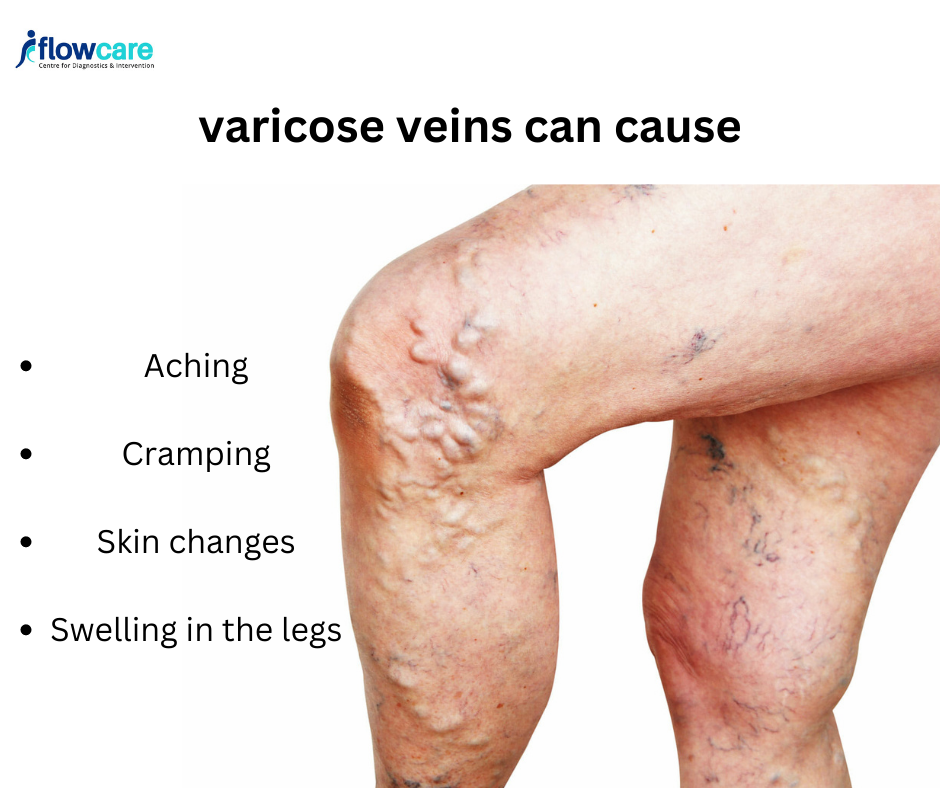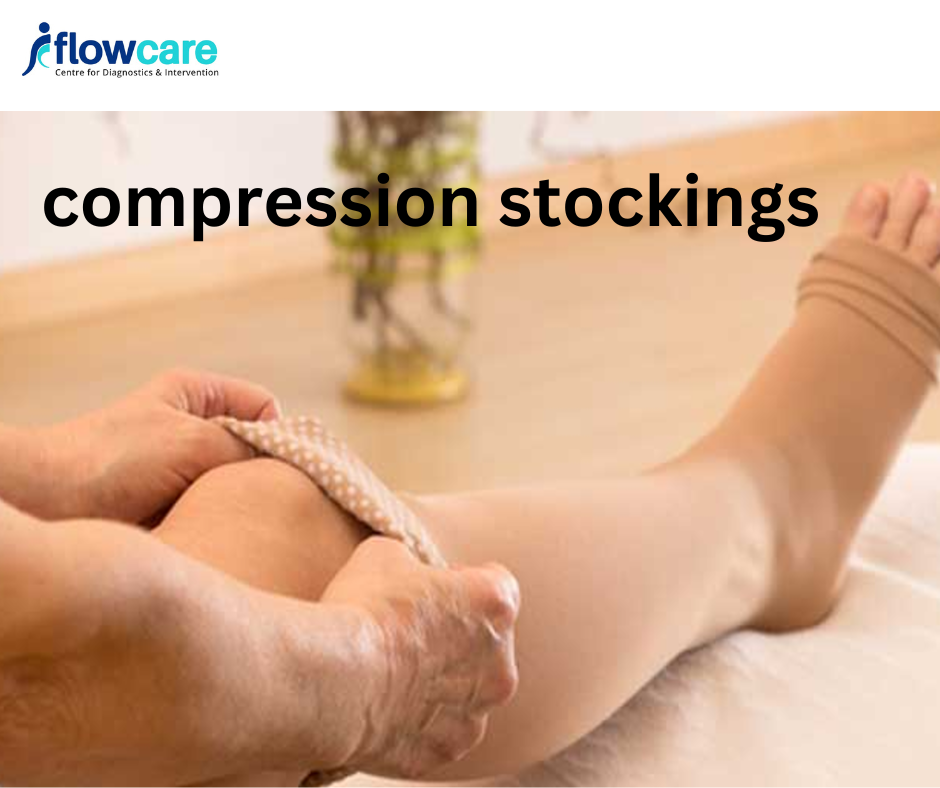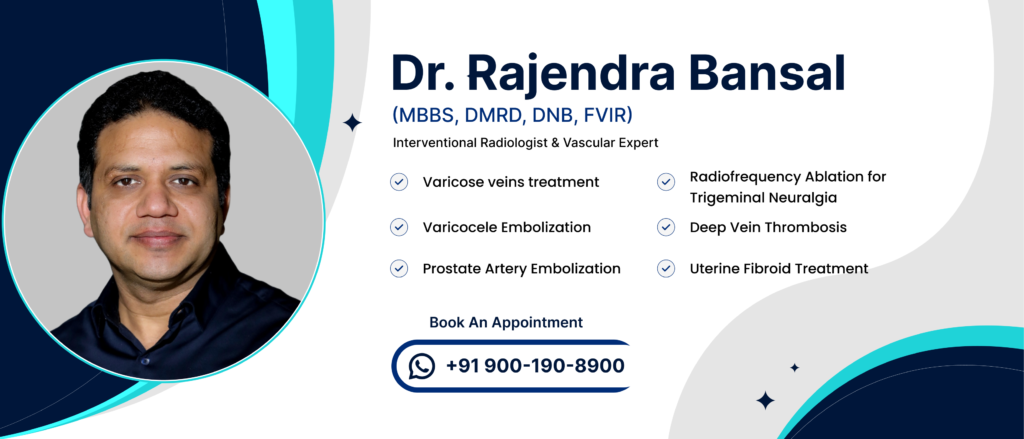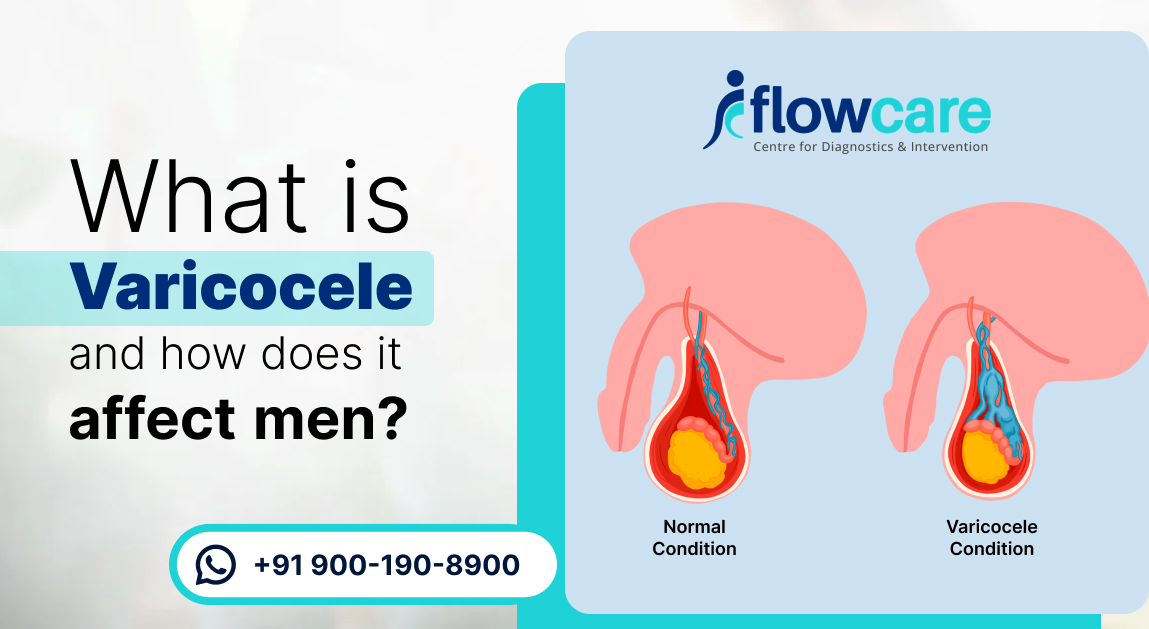
WFH Culture – Increased Risk for Varicose Vein
The trend of increasing work from home culture has become more prevalent in recent years, with many companies opting for remote work arrangements to save on costs and increase employee flexibility. While there are certainly some benefits to working from home, it is important to also consider the potential disadvantages.
One very prominent and common disadvantage of increasing work from home culture is the risk factor for developing varicose veins due to the sedentary lifestyle. If you have a job or lifestyle that involves sitting or standing for long periods of time, you may be at a higher risk for developing varicose veins. This is because prolonged periods of sitting or standing can lead to a decrease in blood flow towards heart and an increase in pressure on the veins, which can cause them to become swollen and enlarged.
While varicose veins are usually harmless, they can sometimes lead to more serious health problems if left untreated. For example, varicose veins can cause aching, cramping, and swelling in the legs, which can be uncomfortable and interfere with daily activities. In some cases, varicose veins can also lead to skin changes, bleeding or the development of sores.
If left untreated, varicose veins can also increase the risk of developing blood clots, which can be serious and potentially life-threatening. Blood clots can occur when the flow of blood through the veins is slowed or blocked, and they can lead to serious complications such as deep vein thrombosis (DVT) or pulmonary embolism.

To reduce the risk of varicose veins due to a sedentary lifestyle, it is important to incorporate regular physical activity into your routine. This can help improve circulation and prevent varicose veins from forming. Some simple ways to incorporate physical activity into your day include taking short walks, stretching, and doing light exercises such as yoga or Pilates.
It is also important to take breaks and move around frequently, especially if you have a job that requires you to sit or stand for long periods of time. Standing up and walking around for a few minutes every hour can help improve circulation and prevent varicose veins from forming.
An effective way to prevent the development of varicose veins is the use of compression stockings to provide support to the veins in the legs and help to improve blood flow. These should only be worn after consulting and under the supervision of the healthcare provider.

In addition to regular physical activity and wearing compression stockings, it is also important to maintain a healthy weight as being overweight or obese can put extra pressure on the veins in the legs, and to avoid standing or sitting for long periods of time in the same position.
Diet can play a role in preventing varicose veins and managing the symptoms of varicose veins. Eating a healthy diet that is low in salt and high in fiber can help to prevent constipation, which can contribute to the development of varicose veins.
Foods that are high in flavonoids, like citrus fruits, berries, and leafy greens, may help to improve blood flow and reduce inflammation, which can help to prevent varicose veins.

However, if somehow you unfortunately end up developing varicose veins, there are several minimally invasive procedures that can be used to treat varicose veins.
Some of the effective treatments include Endovenous Laser Treatment (popularly called varicose veins laser therapy), Sclerotherapy, Radio frequency Ablation (RFA) and VenaSeal, etc, to seal the affected vein to help improve circulation and reduce the appearance of varicose veins. These are minimally invasive procedures that are typically performed by an Interventional Radiologist, a specialist who uses medical imaging techniques to guide the treatment.
It is important to speak with an Interventional Radiologist to determine the best treatment plan for varicose veins based on the severity of the condition and the individual’s overall health and medical history. An interventional radiologist can help assess the condition and recommend the most appropriate treatment.








